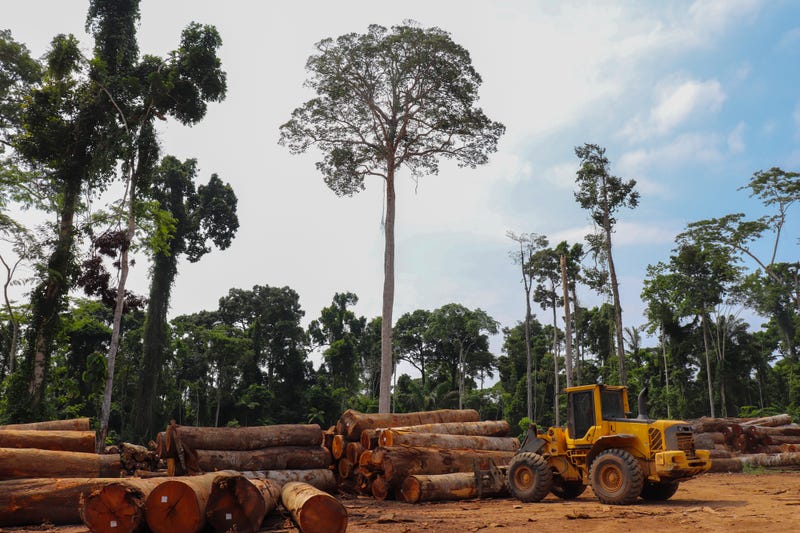
(KNX) — A shocking new report paints a grim picture of the state of the planet. The world is facing "double" emergencies, the World Wildlife Fund for Nature found, as the climate crisis deepens and animal populations are declining at frighteningly high levels.
From deep below the ocean's surface to those hiding in the trees of the Amazon – animals are dying. The World Wildlife Fund studied more than 5,200 species for its Living Planet Report and found an average decline of 69% since 1970 out of the nearly 32,000 populations analyzed. The report says that up to 2.5% of mammals, fish, reptiles, birds, and amphibians have gone extinct.
And the average population numbers have only gotten worse. Four years ago, the Living Planet report found a 60% average decline. Then in 2020, the average hit 68% – a situation called an "SOS for nature."
Now, two years later, authors of the report say the continued decline is a "code red for the planet (and humanity)" as some scientists warn that Earth is heading toward another mass extinction, primarily due to climate change.
"The message is clear and the lights are flashing red. Our most comprehensive report ever on the state of global vertebrate wildlife populations presents terrifying figures: a shocking two-thirds decline in the global Living Planet Index less than 50 years," WWF International's Director General Marco Lambertini says in the report.
Freshwater populations have been the hardest hit, with an average decline of 83%, the report found, with habitat loss and migration route barriers accounting for roughly half the threats they face.
Most of the biodiversity loss is seen in South America, which has lost 94% of its biodiversity, according to the report. In addition, the Amazon has been rapidly depleted over the years, and the report says "we are rapidly approaching a tipping point" where the tropical rainforest "will no longer function."
Much of the loss is due to humans. The report says that land use – deforestation, agrochemicals, and pollution – is the biggest threat to nature, with human consumption, technology, and poor environmental governance also playing a significant role.
The larger the human population grows, and the more economic demand is sought, the more land will be destroyed for resources, the report says, and currently, "humans use as many ecological resources as if we lived on almost two Earths." Again, the U.S., Canada, Australia, and Mongolia are the worst over-consumption culprit.
But if broad and significant climate action is not taken quickly, the report's 89 authors expect climate change will soon take the helm at destruction.
"If we are unable to limit warming to 1.5ºC, climate change is likely to become the dominant cause of biodiversity loss in the coming decades," the report says. "Rising temperatures are already driving mass mortality events, as well as the first extinctions of entire species. Every degree of warming is expected to increase these losses and the impact they have on people."
This crisis of nature is an "existential challenge" interlinked with climate change, Lambertini says, and must be addressed globally. For climate change, the goal is reaching net-zero carbon emissions by 2050, but for biodiversity, he said, we need an equivalent – "nature-positive by 2030." And both must be addressed with the same ferocity.
Follow KNX News 97.1 FM
Twitter | Facebook | Instagram | TikTok



